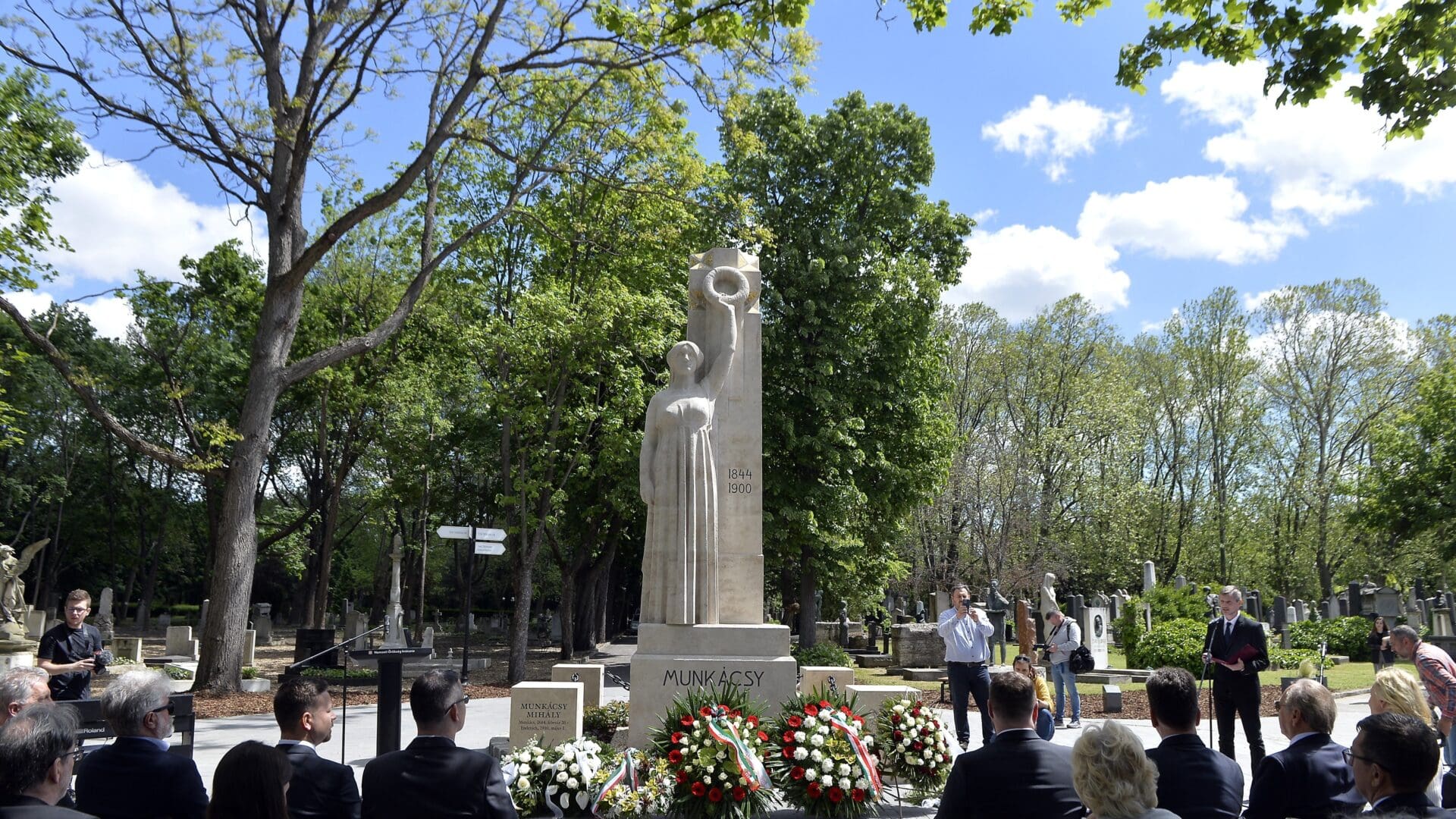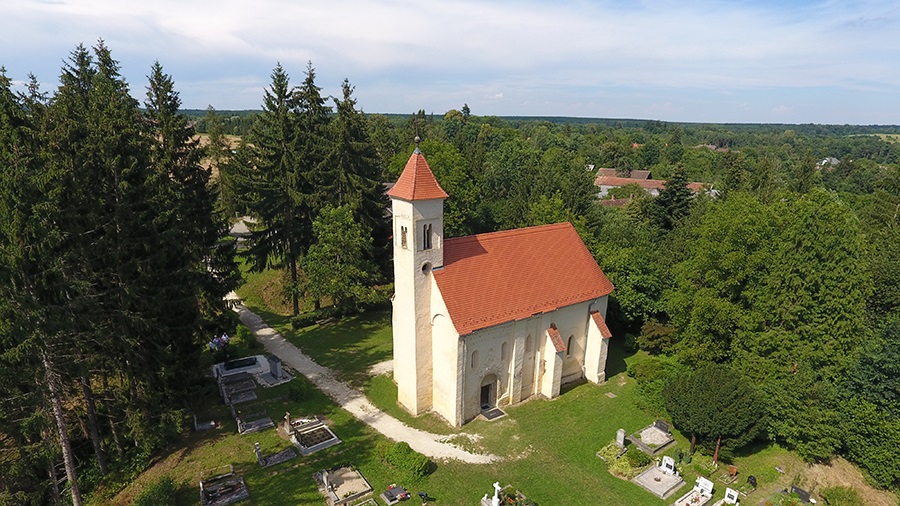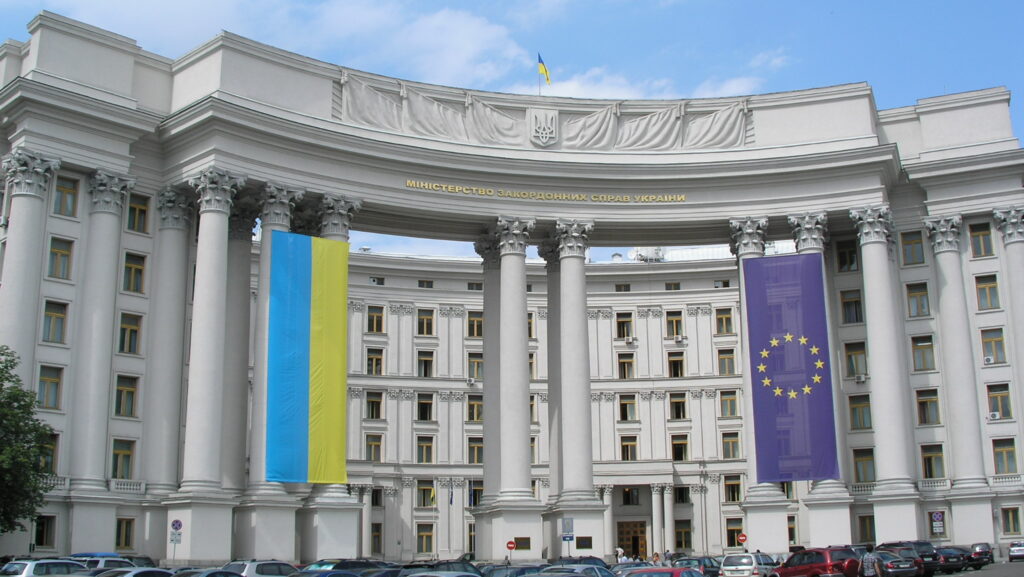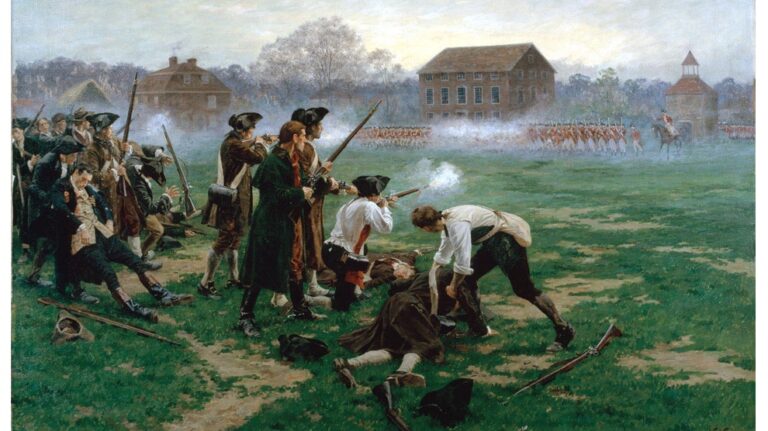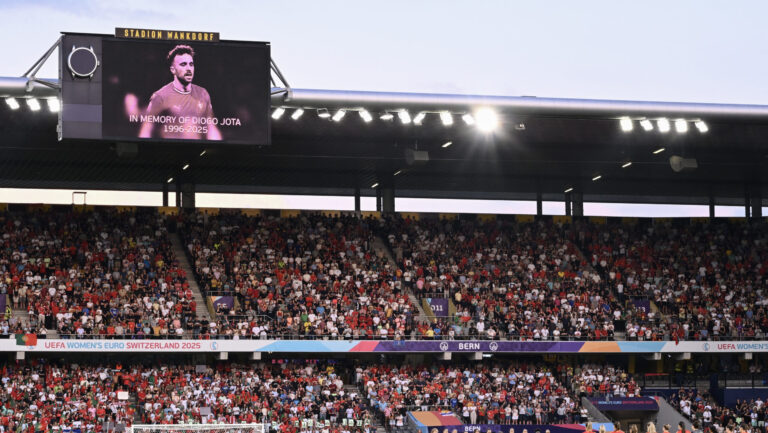On the occasion of the 180th anniversary of the birth of Mihály Munkácsy, the municipality of Békéscsaba and the cultural institutions of the Munkácsy Quarter are organizing a year-long series of festivities.
Deputy Mayor Tamás Varga stated at Thursday’s press conference that ten years ago, they commemorated the painter with a grand series of events. He recalled that in 2020, the development of the Munkácsy Quarter began and is expected to conclude this autumn; the permanent Munkácsy exhibition at the Munkácsy Mihály Museum has been renewed; the museum’s two buildings have been connected; the Munkácsy Memorial House has been renovated; the Beliczey Manor, currently housing the Napsugár Puppet Theatre, has been refurbished and expanded; public spaces have been rehabilitated, bridges have been renovated, and parks have been adorned with public artworks. ‘Today, if someone comes to Békéscsaba, they cannot leave without encountering Munkácsy’s legacy,’ stated the deputy mayor.
Gábor Bácsmegi, the director of the Munkácsy Mihály Museum, explained that the commemorative year began on 7 February with the presentation of the second edition of the book Munkácsy Carpaccio. On 13 February, a jury will judge the entries for the Munkácsy Cake Contest to select the ‘quarter’s sweet.’ On 20 February, Munkácsy’s birthday, a temporary exhibition entitled Patriotic Painting on the Square – Mihály Munkácsy’s Conquest of Hungary will open, focusing on the artist’s sketch and charcoal drawing of his work Conquest of Hungary, which came from Szeged. ‘The latter has never been to Békéscsaba before,’ noted Gábor Bácsmegi. He added that throughout the year, they will create a more playful, expanded virtual version of their permanent exhibition and plan to publish a children’s book about Munkácsy’s adventurous life. At the end of the year, a new yearbook about Munkácsy’s relics will be published by the museum. The painter’s wife, Cécile Papier, donated a unique collection of objects to Békéscsaba after her husband’s death, and this legacy is being processed in the book.
On 23 February, the musical Munkácsy, the Painter Prince will be premiered at the Jókai Theatre in Békéscsaba. Director Zoltán Seregi explained that they have adjusted the original story slightly, emphasizing Munkácsy’s roots in Békéscsaba and his relationship with Hungarian identity. His works will also be projected during the performance. In collaboration with the museum, the theatre will organize an exhibition of the painter’s study sketches in the theatre foyer, and in the autumn, they will present Tibor Zalán’s play, which is about the imagined meeting of Munkácsy and Jókai Mór.
The Napsugár Puppet Theatre in Békéscsaba plans to depict Munkácsy in the theme of the autumn puppet drama writer competition; an exhibition titled Munkácsy Illusions will open in June, presenting paintings in a playful way, using optical illusions and children’s language. Zoltán Lenkefi, the director, explained that they will start working with a Spanish director in August, who will create a play specifically about the city, featuring the painter.
Béla Szente, the director of the Csabagyöngye Cultural Centre, mentioned that they are organizing 30 programmes throughout the year. On 16 February, they will evoke Paris during Munkácsy’s time with an exhibition titled Sparkling Paris; on 15 March, Péter Tóth, living in the United States, will give a piano recital featuring Liszt’s works.
The Munkácsy Academy will be launched, with the first session focusing on art forgery on 22 March. They will also have a ‘special art’ series, where they will present Munkácsy and his era in the language of street art, slam poetry, henna painting, and tattoos. They will also announce the Munkácsy Challenge, a playful task series, and a detective game called the Golden Brush Case. Additionally, all fifth-grade local students will be welcomed as guests at the Munkácsy Memorial House during the year. Zoltán Juhász, the director of the Békés County Library, announced that their ‘Era Reader’ reading challenge and Munkácsy quiz game will begin on 20 February, and they will continue their city walking tours titled ‘In the Footsteps of Mihály Lieb.’ In collaboration with graphic design students, they plan to publish a comic book specifically aimed at secondary school students to bring the painter closer to that age group. In September, they will organize a competition for primary school students.
Mihály Munkácsy was born on 20 February, 1844, and spent his childhood in Békéscsaba at his uncle’s manor, where he decided to become a painter. He visited Békéscsaba several times from Paris.
Related articles:
Sources: Hungarian Conservative/MTI

